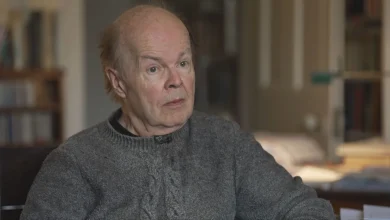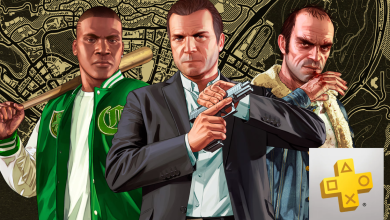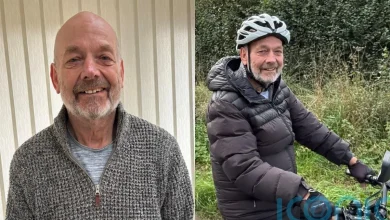Croatia’s Property Market Cools: Foreign Buyers Pull Back by 22%

Croatia’s real estate market recorded a noticeable slowdown in the first nine months of 2025, with 85,600 property transactions, marking a 13% annual decline, according to a new analysis by the property agency Opereta. The steepest drop was seen in Split-Dalmatia County, where sales fell 30%, signalling a sharp cooling across much of the coast, reports N1.
Apartments and flats continue to dominate the market, with 17,164 sales, also down 13% year-on-year. Meanwhile, the number of houses sold — 2,278 in total — plunged 22% compared to the same period in 2024. Overall, the residential segment shrank by 14%, yet still makes up the majority of activity with 19,442 total sales, the report shows.
Despite the downturn, Opereta notes that the market remains “dynamic and active”, with clear shifts in buyer behaviour. Agency director Boro Vujović attributes the softer demand to a mix of factors: weaker markets in countries that typically supply foreign buyers, higher eurozone interest rates, and Croatia’s steep rise in property prices.
Northern Regions See Growth
Only three counties bucked the national trend:
-
Varaždin County (+38%),
-
Koprivnica-Križevci County (+18.2%),
-
Lika-Senj County (+13.6%).
This shift, Opereta says, highlights “increasing decentralisation” in the property market as interest grows in northern and continental regions where prices are more favourable and quality of life remains high. These areas are also seeing a rise in domestic buyers.
Foreign Buyers Decline by 22%
The Adriatic coast, traditionally the country’s strongest property magnet, saw some of the sharpest drops:
-
Split-Dalmatia County: –29.7%
-
Dubrovnik-Neretva County: –27.4%
-
Krapina-Zagorje County: –27.9%
Opereta notes that foreign buyers, who typically favour coastal real estate, decreased by 22% in the first nine months of the year. Germany, Slovenia, and Austria still top the list, but all recorded double-digit declines of 22–28%. Interest is also waning in the Scandinavian markets.
However, smaller markets are showing surprising strength. Purchases by buyers from Serbia rose 28%, from North Macedonia 38%, and from Romania a striking 50%, suggesting an increasingly diversified pool of international buyers.
Mismatch Between Demand and Supply
One of the biggest challenges, Vujović says, is the lack of properties that match buyer budgets. On the coast, homes priced up to €500,000 are in highest demand — yet supply in this bracket remains limited. High-budget buyers, once common, are now far fewer, with significantly less activity in the €1 million-plus segment.
Zagreb: Fewer Sales but Stable Prices
In Zagreb, 11,682 properties were sold from January to September — a drop of 19.7% (2,859 fewer sales) compared to last year. Still, the capital remains Croatia’s single most active real estate market.
Vujović argues that Zagreb’s slowdown reflects a shortage of quality flats, not a lack of demand. Buyers, he says, are increasingly seeking new-build properties that offer stronger long-term value.
This cooling of activity has led to a stabilisation of asking prices, particularly for older properties. “Buyers are still here, but they’re more selective,” Vujović said.
Market Maturing, Not Weakening
Despite fewer transactions, Vujović believes the current climate favours long-term buyers. With more room for negotiation, stable prices, and a wider range of listings, he describes the market as “maturing rather than weakening.”
“People are no longer chasing every opportunity. They’re looking for value, security, and sustainable investment,” he concluded.





